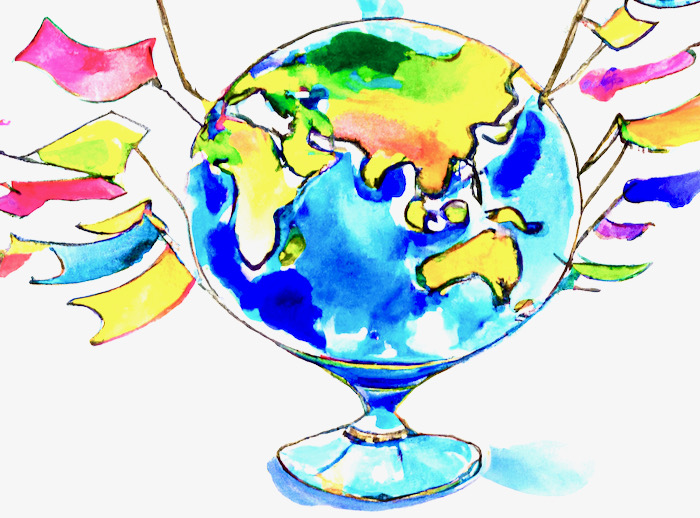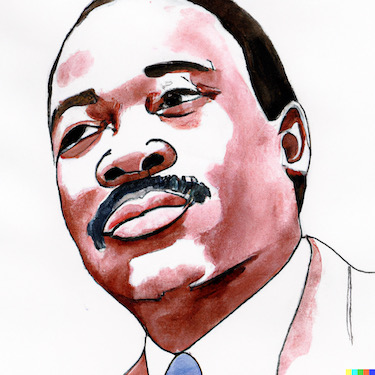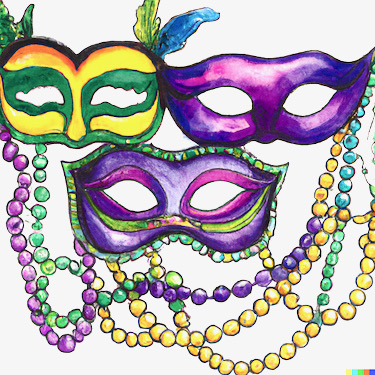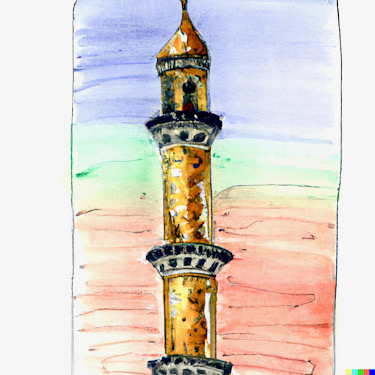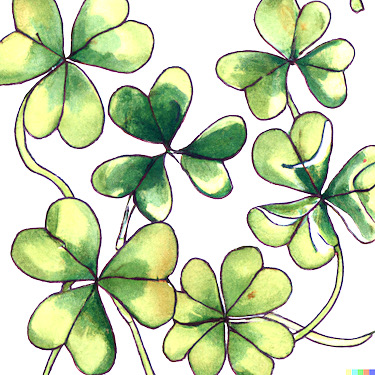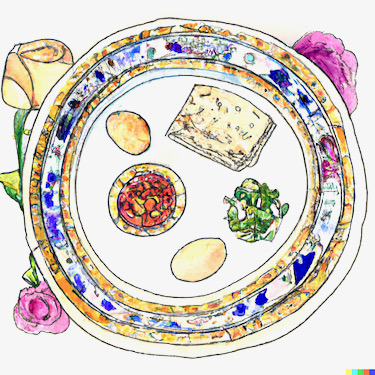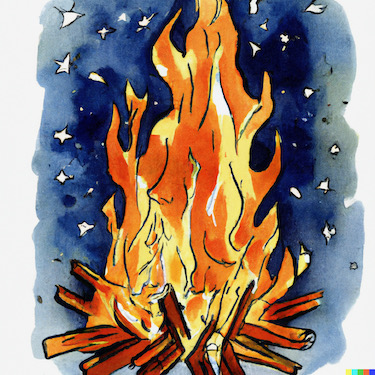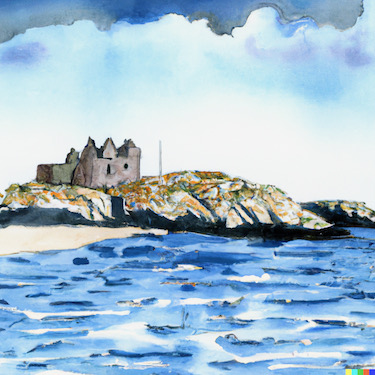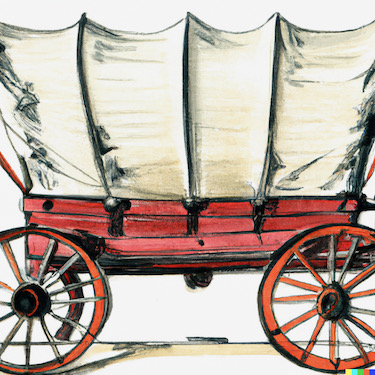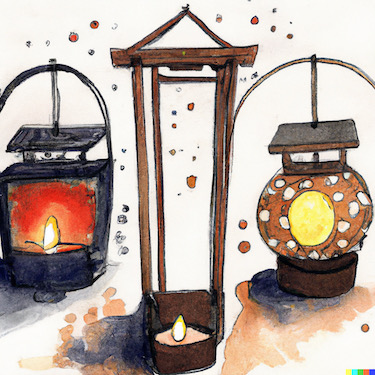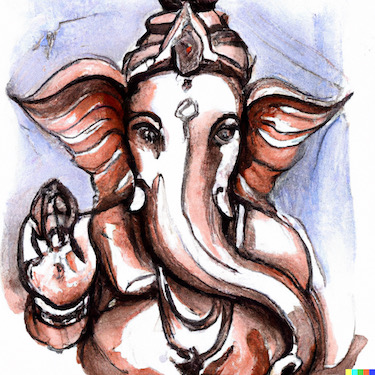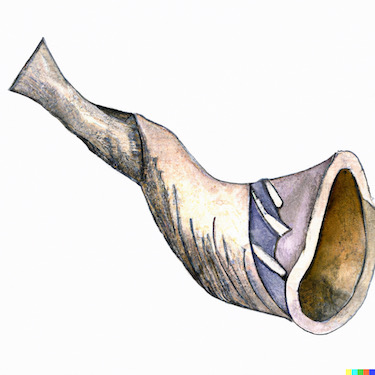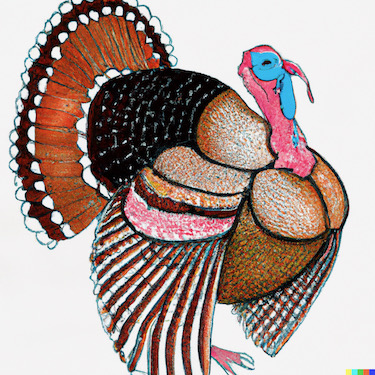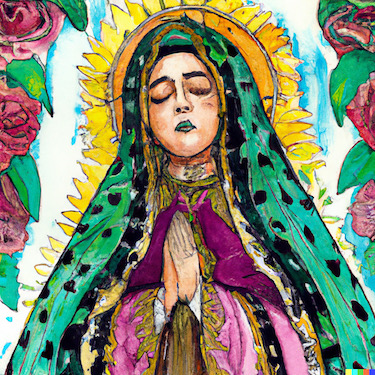SATURDAY, DECEMBER 21: Word has it that it was a snowy winter evening in 1913 when Arthur Wynne, an editor at the New York World, was contemplating how to give the Christmas issue that extra something. Recalling the word square puzzles he had enjoyed solving as a child, the British-born editor began constructing a diamond-shaped puzzle with squares for 32 words. That first “Word-Cross puzzle” appeared in print on Dec. 21, 1913, with more than a few flaws! Yet reader feedback was undeniable, and the puzzle was a hit. The crossword craze had officially begun.
The 1st Crossword:
TRY IT YOURSELF!
If you’re among the millions of crossword puzzle fans, you’ll want to see Arthur Wynne’s first puzzle, which we have reproduced, at right. If you click on the image, it will appear larger. You can save and print it. Remember, this was designed 100 years ago and today’s crossword conventions had yet to evolve.
Want the answers? They’re below, today, and appear as a thumbnail image with this post. To enlarge the answers, click on the thumbnail.
WORDPLAY:
AN ENGLISH TREND
HITS AMERICAN NEWSSTANDS
Ancestors of the modern crossword first appeared in England in the 19th century, primarily as children’s puzzles. It was these early English crosswords that caught the attention of young Arthur Wynne, while growing up in Liverpool. At 19, Wynne was forbidden by his father to work in newspapers—so he set sail for the United States. Once in the U.S., Wynne worked for a newspaper in Pittsburgh and played his violin in a local orchestra to earn extra money. Finally, the Brit landed a job at the New York World, and it was there that he invented the world’s first modern crossword puzzle, published Dec. 21, 1913. Though it bore semblance to earlier puzzle forms, Wynne’s crossword introduced several new elements that are still used in the puzzles today.
Despite the overwhelming popularity of the crossword puzzles, most newspapers were hesitant to publish them: Wynne’s own newspaper refused to copyright the puzzles. Eight years later, Wynne handed his job to Margaret Petherbridge, who became so frustrated at solving the puzzles that she came up with a list containing many of the rules that still are used by crossword creators.
In 1924, the novice publishing duo Simon and Schuster created the first book collection of crosswords. The book sold 400,000 copies in its first few months—followed by two more books, selling 2 million copies in two years—and the crossword became a national phenomenon.
IN THE NEWS:
INTERVIEWS WITH MERL REAGLE,
TOP AMERICAN PUZZLE CONSTRUCTOR
Publications across the U.S. have been interviewing America’s top puzzle constructor: Merl Reagle, a man who created his first puzzle at age 6. (Read more in the Hartford Courant.) Ever enchanted with the interlocking of words, Reagle sold his first puzzle to the New York Times when he was 16, and is now the author of 17 crossword puzzle books; Reagle contributes daily and Sunday puzzles to more than 50 newspapers. (Washington Post reported.) In honor of the centennial of the crossword, Reagle released a new book: Merl Reagle’s 100th Anniversary Crossword Book.
The Answers are at right: Click to enlarge.
(Originally published at readthespirit.com, an on line magazine covering religion, spirituality, values and interfaith and cross-cultural issues.)
